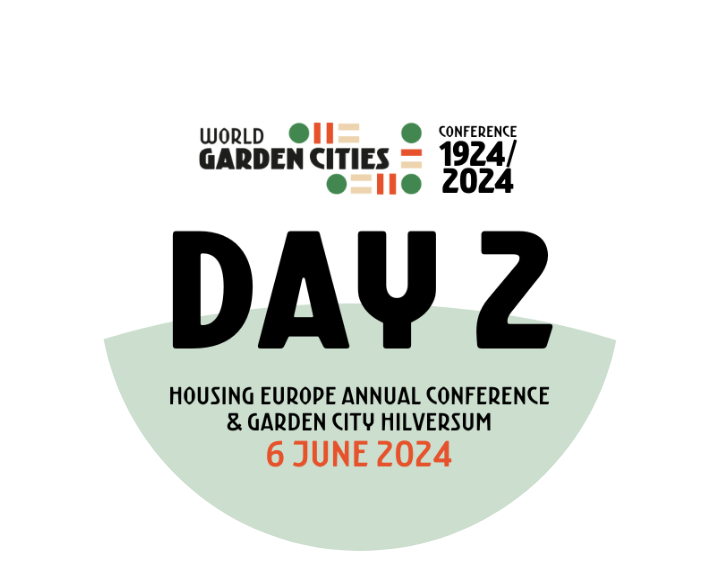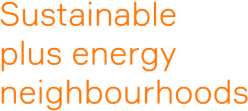Day two of the conference will kick off in the EYE Film Museum in Amsterdam in the morning. In the afternoon, excursions will take you to the largest garden city of The Netherlands: Hilversum.

Programme Day 2
The Nature of Housing. Biodiversity and Climate Adaptation in Public, Cooperative and Social Housing
Location: EYE filmmuseum – Cinema 3, Amsterdam
Moderator: Jean-Paul Judson, Founder of NOWMORE
How can we meet the need to build more affordable housing without compromising nature? All demographic projections show that the number of households will continue to rise in many European countries and housing needs will increase proportionally. This will inevitably require new ways of building homes without compromising biodiversity and key ecosystem services.
Meeting Europe’s housing needs involves more than just delivering housing units for a good price. We need beautiful and liveable places that are adapted to climate change, are well- connected through sustainable transport, and co-exist with nature. In the week when we are voting for the next European Parliament, Housing Europe’s annual conference and Manifesto will add the need for homes that are affordable and close to nature to the equation. The ‘Garden City’ movement, as it became known in the 19th century, and the New European Bauhaus initiative of the European Commission, came in at different times to re-imagine the places where we live: more beautiful, inclusive, and sustainable. Today, 100 years after the first World Garden Cities conference in 1924, and in the midst of an unprecedented cost-of-living crisis that has only exacerbated housing unaffordability and linked also to the existential need to adapt homes to the climate crisis while minimising the contribution of our sector to CO2 emissions, we ask ourselves if the utopia foreseen has become more like a dystopia. While it has been demonstrated that green cities can have a positive impact on the environment, public health, and social cohesion, green spaces can also contribute to gentrification and, over time, the displacement of low-income residents. Often, the quantity of greenery in a given neighbourhood is closely correlated to its wealth. Without consideration of equity in access to nature, inequalities will only be reinforced. Plenty of examples do exist of affordable housing projects that manage not only to preserve and enhance biodiversity but also to reduce landtake and restore key ecosystem services via brownfield development programmes. In the run-up to a new European Parliament for the next 5 years, what EU policies can catalyse a change in the way green cities provide affordable housing for all? During Housing Europe’s annual conference, social and affordable housing providers will discuss with EU decision makers, and urban experts the different ways nature and housing needs can be reconciled. In the afternoon, an excursion is organised to the Garden City of Hilversum, a best-practice example of a green and affordable place. The day will close with a networking àpero for those who wish to stay.Read more
09:00–09:30
Arrival and registration with coffee and stroopwafels and innovation shots
09:30–09:45
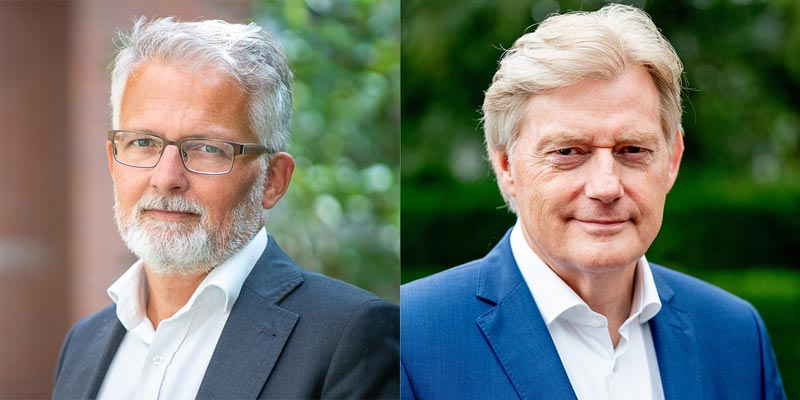 Bent Madsen – President of Housing Europe and Martin van Rijn – Chairman of AEDES
Bent Madsen – President of Housing Europe and Martin van Rijn – Chairman of AEDES
Welcome by Housing Europe.
09:45–10:00
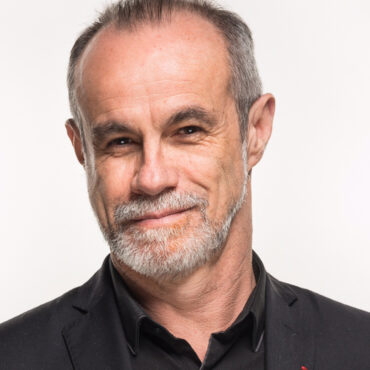 Carlos Moreno – Researcher, scientist, and professor at IAE - Paris1 Sorbonne University (creator of the 15-minute city concept)
Carlos Moreno – Researcher, scientist, and professor at IAE - Paris1 Sorbonne University (creator of the 15-minute city concept)
A stone’s throw away. Affordable living in proximity to jobs, nature and public services: the 15-minute city.
10:00–10:30
 Hugo de Jonge – Minister for Housing and Spatial Planning of the Netherlands and Vera Winthagen – Deputy Head of Unit New European Bauhaus
Hugo de Jonge – Minister for Housing and Spatial Planning of the Netherlands and Vera Winthagen – Deputy Head of Unit New European Bauhaus
Housing for people and the planet
10:30–10:45
 Niki Gaitani – Associate Professor in Integrated Energy Design at the Dept. of Architecture and Technology at the Norwegian University of Science and Technology (NTNU) and Project Coordinator of syn.ikia
Niki Gaitani – Associate Professor in Integrated Energy Design at the Dept. of Architecture and Technology at the Norwegian University of Science and Technology (NTNU) and Project Coordinator of syn.ikia
The housing neighbourhoods of tomorrow. Designing resilient and affordable living places and communities today for the future through the syn.ikia project.
10:45–11:15
 Esther De Reys – Project Manager at Autodelen.net and Cornelia Cordes – Project Manager at Free Hanseatic City of Bremen, the Ministry for Building, Mobility and Urban Development; Project Coordinator of Interreg Shared-North Squared
Esther De Reys – Project Manager at Autodelen.net and Cornelia Cordes – Project Manager at Free Hanseatic City of Bremen, the Ministry for Building, Mobility and Urban Development; Project Coordinator of Interreg Shared-North Squared
What can we do with 12 m²? Taking space back from cars and giving it to people. The Interreg Shared-North² project.
11:15–11:45 – Coffee Break
11:45–12:55
Nicolas Schmit – EU Commissioner for Employment & Social Affairs - VIDEO MESSAGE
Panel discussion: More affordable homes in the face of the climate crises.
- Flood preparedness

Lina Taddei – President of ACER Ravenna
- Heat adaptation
 José Nunes – Head of Construction Projects at MatosinhosHabit
José Nunes – Head of Construction Projects at MatosinhosHabit
- Biodiversity
 Paul Saraïs – Head of architecture, quality and & biodiversity at Union Social pour l’Habitat and Gerlinde Gutheil – Housing Economics and Research at Österreichischer Verband gemeinnütziger Bauvereinigungen (GBV)
Paul Saraïs – Head of architecture, quality and & biodiversity at Union Social pour l’Habitat and Gerlinde Gutheil – Housing Economics and Research at Österreichischer Verband gemeinnütziger Bauvereinigungen (GBV)
- Sufficiency
 Robin van Leijen – senior EU public affairs at AEDES and Christine Guinebretière – Co-founder and CEO of UPCYCLEA
Robin van Leijen – senior EU public affairs at AEDES and Christine Guinebretière – Co-founder and CEO of UPCYCLEA
12:55–13:00
CLOSING by Sorcha Edwards – Secretary General at Housing Europe
13:00–14:00 – Eating and Mingling
14:00–17:30 – Field trips to Hilversum (5 options!)
In the afternoon field trips to Hilversum are organised. Hilversum is the only Garden City in the Netherlands that has been developed on a city scale. Buses will bring you to five different aspects of the Garden City, its architecture, society, and experience. We will study the city developments and the ideas for the future. Buses for Hilversum leave at 14:00.
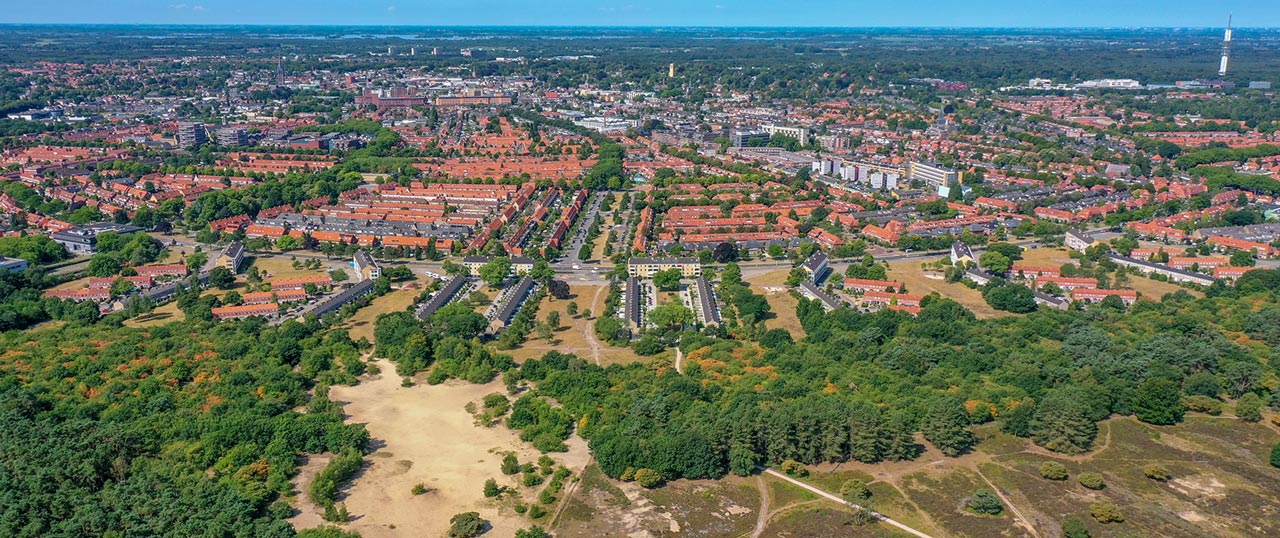
The Garden City concept has been and will always be in the development. The excursions aim at discussing the current meaning of the characteristics of the Garden City and their value for future planning.
After all, also today we are looking for strategies to develop a coherent, green, and sustainable city with strong neighborhoods. A healthy city in which we can live and work happily, as was the original objective. A city willing and capable to adapt to present-day standards of social and affordable housing. A beautiful and green city. How to combine these characteristics nowadays? How to incorporate and revitalize the qualities from the past in today’s challenged practice? How to cope with the challenges of today? Hilversum acknowledges the responsibility to preserve the concept and character of the Garden City for future generations and to incorporate actual developments. Read more
More on garden city Hilversum.
- Option 1: The development of the Garden City Hilversum.
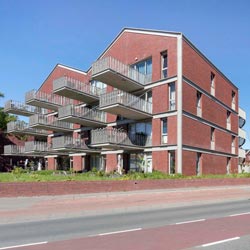 From the first new neighbourhoods, built at the beginning of the twentieth century, the Garden City has always been in development. We will travel the city through time and discuss the way the city adapted its policy and concept to the new wishes and demands at the time. We will visit older neighbourhoods, recent build areas and discuss plans for the future. Re-using the qualities of the Garden City connects our heritage and the future. This excursion is led by Garden City specialists.
From the first new neighbourhoods, built at the beginning of the twentieth century, the Garden City has always been in development. We will travel the city through time and discuss the way the city adapted its policy and concept to the new wishes and demands at the time. We will visit older neighbourhoods, recent build areas and discuss plans for the future. Re-using the qualities of the Garden City connects our heritage and the future. This excursion is led by Garden City specialists. - Option 2: The Garden City Hilversum and its architectural highlights.
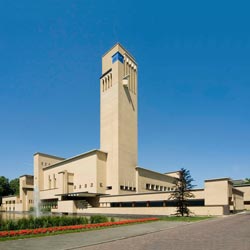 Starting with a tour in the world famous town hall, designed by Dudok and build in 1928-1931, and the ascent of the tower from which we can oversee the Garden City. Next we travel through Hilversum and visit its architectural and landscape highlights. This tour is led by Dudok Architectuur Centrum.
Starting with a tour in the world famous town hall, designed by Dudok and build in 1928-1931, and the ascent of the tower from which we can oversee the Garden City. Next we travel through Hilversum and visit its architectural and landscape highlights. This tour is led by Dudok Architectuur Centrum. - Option 3: Green areas and biodiversity.
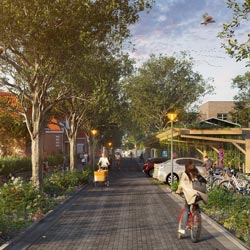 Hilversum is dealing with current challenges like biodiversity decline and climate change. During the excursion we’ll visit Hilversum-East, a protected historic townscape. We show how residents adapted the garden city principles by creating a ‘green carpet’. The ‘Kamrad’ area is a nice post-war example of connecting the town and he adjacent landscape. Hilversum-East is an example on how cultural heritage, climate policy and green policy can strengthen each other. This excursion is led by ecologists and landscape designers.
Hilversum is dealing with current challenges like biodiversity decline and climate change. During the excursion we’ll visit Hilversum-East, a protected historic townscape. We show how residents adapted the garden city principles by creating a ‘green carpet’. The ‘Kamrad’ area is a nice post-war example of connecting the town and he adjacent landscape. Hilversum-East is an example on how cultural heritage, climate policy and green policy can strengthen each other. This excursion is led by ecologists and landscape designers. - Option 4: Social housing then and now.
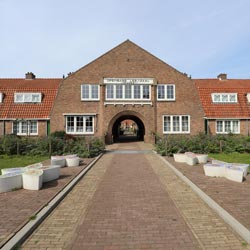 In the first half of the twentieth century, Hilversum became famous because of its social housing. The municipality created its own building company and Dudok designed more than 25 social housing complexes of hundreds of houses. Learn during this tour about Hilversum’s quest for affordable housing nowadays and the collaboration with social housing corporations. This excursion will explore how cultural heritage and new ways of living can inspire each other. You will visit some renovated and new social housing complexes. This tour is led by the social housing corporations.
In the first half of the twentieth century, Hilversum became famous because of its social housing. The municipality created its own building company and Dudok designed more than 25 social housing complexes of hundreds of houses. Learn during this tour about Hilversum’s quest for affordable housing nowadays and the collaboration with social housing corporations. This excursion will explore how cultural heritage and new ways of living can inspire each other. You will visit some renovated and new social housing complexes. This tour is led by the social housing corporations. - Option 5: Perception of the city through children’s eyes.
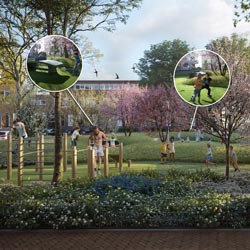 The Garden City character is very appealing for families with children, due to its child-friendly set up. Hilversum has 25 monumental schools within the neighbourhoods. Get down to 95 cm and explore Hilversum through a kids lens. This excursion is led by child-friendly city specialists.
The Garden City character is very appealing for families with children, due to its child-friendly set up. Hilversum has 25 monumental schools within the neighbourhoods. Get down to 95 cm and explore Hilversum through a kids lens. This excursion is led by child-friendly city specialists.
17:30–18:00 Arrival in Broadcasting Music Centre (MCO)
Location: MCO
Moderator: Jean-Paul Judson, Founder of NOWMORE
Snacks and drinks.
18:00-18:15
 Dr. Edwin Göbbels – Alderman of Spatial Planning and Cultural heritage (among others)
Dr. Edwin Göbbels – Alderman of Spatial Planning and Cultural heritage (among others)
Speech
18:15-18:45 – Closing remarks
 An interactive conversation with Alderman Edwin Göbbels and the President of Housing Europe Bent Madsen
An interactive conversation with Alderman Edwin Göbbels and the President of Housing Europe Bent Madsen
19:00-19:30 – Kosmos
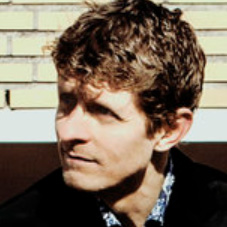 Dutch violinist and climate composer, Tim Kliphuis, interviewed 5 top scientists including current cabinet minister Robbert Dijkgraaf and Endowed Professor City, landscape and heritage (VU University Amsterdam) Jaap Evert Abrahamse before writing his latest work, “Kosmos”. Each of the talks, focusing on the future of the planet, inspired a piece of music. He performs movements of “Kosmos” with Maya Fridman (cello) and Marc van Roon (piano) and updates us on his progress. Kliphuis also shares his insights from interviews with citizens from different neighborhoods in Hilversum.
Dutch violinist and climate composer, Tim Kliphuis, interviewed 5 top scientists including current cabinet minister Robbert Dijkgraaf and Endowed Professor City, landscape and heritage (VU University Amsterdam) Jaap Evert Abrahamse before writing his latest work, “Kosmos”. Each of the talks, focusing on the future of the planet, inspired a piece of music. He performs movements of “Kosmos” with Maya Fridman (cello) and Marc van Roon (piano) and updates us on his progress. Kliphuis also shares his insights from interviews with citizens from different neighborhoods in Hilversum.
19:30–20:30 – Walking dinner
21:00/21:30 – Buses leave for Amsterdam
The Garden City Conference is an initiative by
With support from

